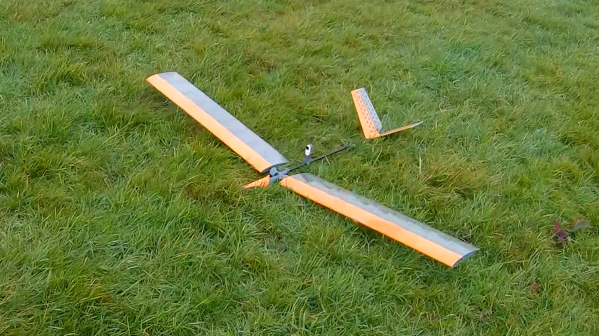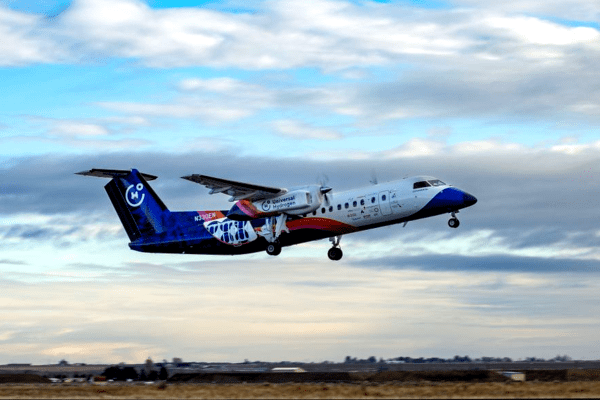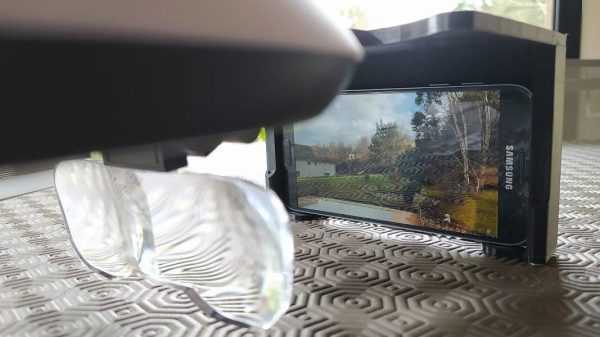Many makers start by building mock-ups from cardboard, but [Alex-08] has managed to build an R/C plane that actually flies, out of cardboard.
If you’ve been thinking of building an R/C plane from scratch yourself, this guide is an excellent place to start. [Alex-08] goes through excruciating detail on how he designed and constructed this marvel. The section on building the wings is particularly detailed since that’s the most crucial element in making sure this plane can get airborne.
Some off-the-shelf R/C parts and 3D printed components round out the parts list to complement the large cardboard box used for most of the structural components. The build instructions even go through some tips on getting that vintage aircraft feel and how to adjust everything for a smooth flight.
Need a wind tunnel instead? You can build that out of cardboard too. If paper airplanes are more your thing, how about launching them from space? And if you’re just trying to get a head start on Halloween, why not laser cut an airplane costume from cardboard?



















